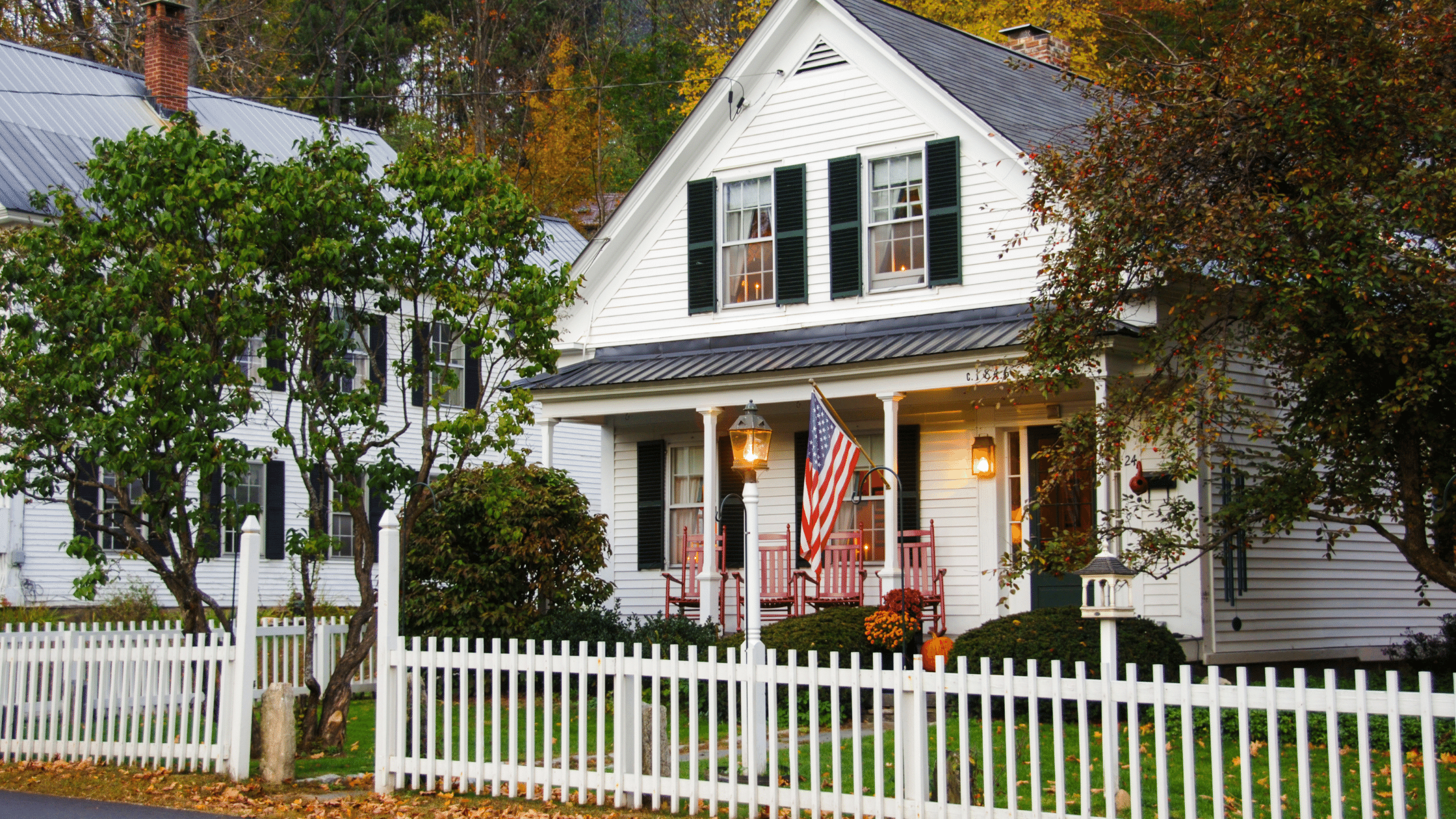A common thing we’ve been hearing is that people are waiting for foreclosures before buying a home. Some people believe the market will calm down and this will cause a reduction in home prices. However, thanks to new programs put in place since the 2008 housing crash, this may not be the case. Shannon shares her thoughts on foreclosures in the video below. Keep reading to see other expert opinions on the possibility of coming foreclosures – or lack thereof.
What are the Experts Saying About Foreclosures?
Recently, several industry experts have weighed in on this subject.
Michael Sklarz, President at Collateral Analytics:
“We may very well see a meaningful increase in the number of homes listed for sale as these borrowers choose to sell at what is arguably an intermediate top in the market and downsize to more affordable homes rather than face foreclosure.”
Odeta Kushi, Deputy Chief Economist at First American:
“The foreclosure process is based on two steps. First, the homeowner suffers an adverse economic shock…leading to the homeowner becoming delinquent on their mortgage. However, delinquency by itself is not enough to send a mortgage into foreclosure. With enough equity, a homeowner has the option of selling their home, or tapping into their equity through a refinance, to help weather the economic shock. It is a lack of sufficient equity, the second component of the dual trigger, that causes a serious delinquency to become a foreclosure.”

Don Layton, Senior Industry Fellow at the Joint Center for Housing Studies of Harvard University:
“With a greater cushion of equity, troubled homeowners have dramatically improved options: a greater ability to access funding (e.g. home equity lines) to keep paying monthly expenses until family finances might recover, improved ability to qualify for and support a loan modification, and, if push comes to shove, the ability to sell the home and monetize their increased net worth while reducing monthly payment obligations. So, what should lenders and servicers expect: a large number of foreclosures or only a modest increase? I believe the latter.”
With today’s positive equity situation, many homeowners will be able to use a loan modification or refinance to stay in their homes. If not, some will go to foreclosure, but most will be able to sell and walk away with their equity.
A Closer Look at the Numbers
According to the latest report from Black Knight, Inc., approximately 6.84 million US households have entered a forbearance plan as a result of financial concerns brought on by COVID-19. Here’s where those homeowners are now:
- 2,543,000 (39%) are current on their payments and have left the program
- 625,000 (9%) have paid off their mortgages
- 434,000 (7%) have negotiated a repayment plan and have left the program
- 2,254,000 (35%) have extended their original forbearance plan
- 512,000 (8%) are still in their original forbearance plan
- 116,000 (2%) have left the program and are still behind on payments
Breakdown
Of the 3.72 million homeowners who have left the program, only 116,000 (2%) left the program while still behind on their payments. Furthermore, there are still 2.77 million people that are in a forbearance program. Some of these people will likely enter foreclosure. However, a tsunami of foreclosures is not expected for the following reasons.
- Almost 30% of homeowners in forbearance are current on their mortgage payments.
- Banks don’t want a repeat of 2008-2012 when many foreclosures entered the market. This makes banks more likely to negotiate with borrowers and keep homeowners in their homes.
- Equity is on the rise. As a result, many homeowners will be able to sell their homes and avoid foreclosure.

2020 Foreclosure Numbers
Every year hundreds of thousands of homes go into foreclosure. Here’s the breakdown for the last few years.
- 2017: 314,220 homes
- 2018: 279,040
- 2019: 277,520
In the first three quarters of 2020, there were only 114,780 foreclosures. We don’t have all of the numbers for the fourth quarter yet. However, if 10% of homes in forbearance went into foreclosure, there would be an additional 275,000 homes added. This would result in an average number of foreclosures for the year.
What If We Beat the Odds and More Than 10% of Homes in Forbearance Go Into Foreclosure?
Simply put, the market is so hot right now, the housing market will easily absorb any excess inventory. There is currently extremely high buyer demand, but not enough homes for sale. So even if there are more foreclosures than expected, they should be bought up with little to no problem.

Looking Ahead
We wish we had a crystal ball so we could tell you exactly what’s going to happen with the market. Unfortunately, we don’t, so these experts and their opinions on foreclosures are our next best guess. We’ve also used other expert opinions to make predictions about the 2021 real estate market. You can find links to videos talking about those below. While we can’t predict the future, we can keep you updated with real estate news as it occurs. We send out our enewsletter every two weeks with real estate news and updates. Please fill out the form below if you’d like to receive it.
VIDEO: Buying a Home in 2021 vs Waiting
VIDEO: What’s Going to Happen with Real Estate in 2021?


